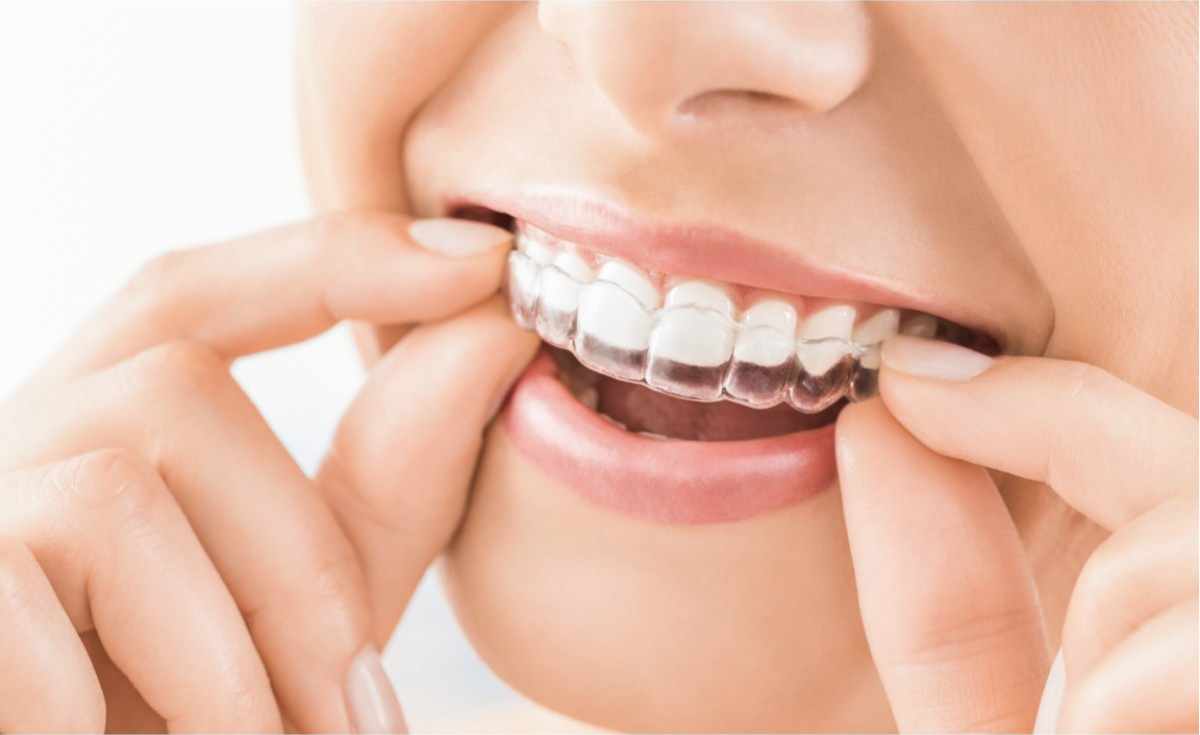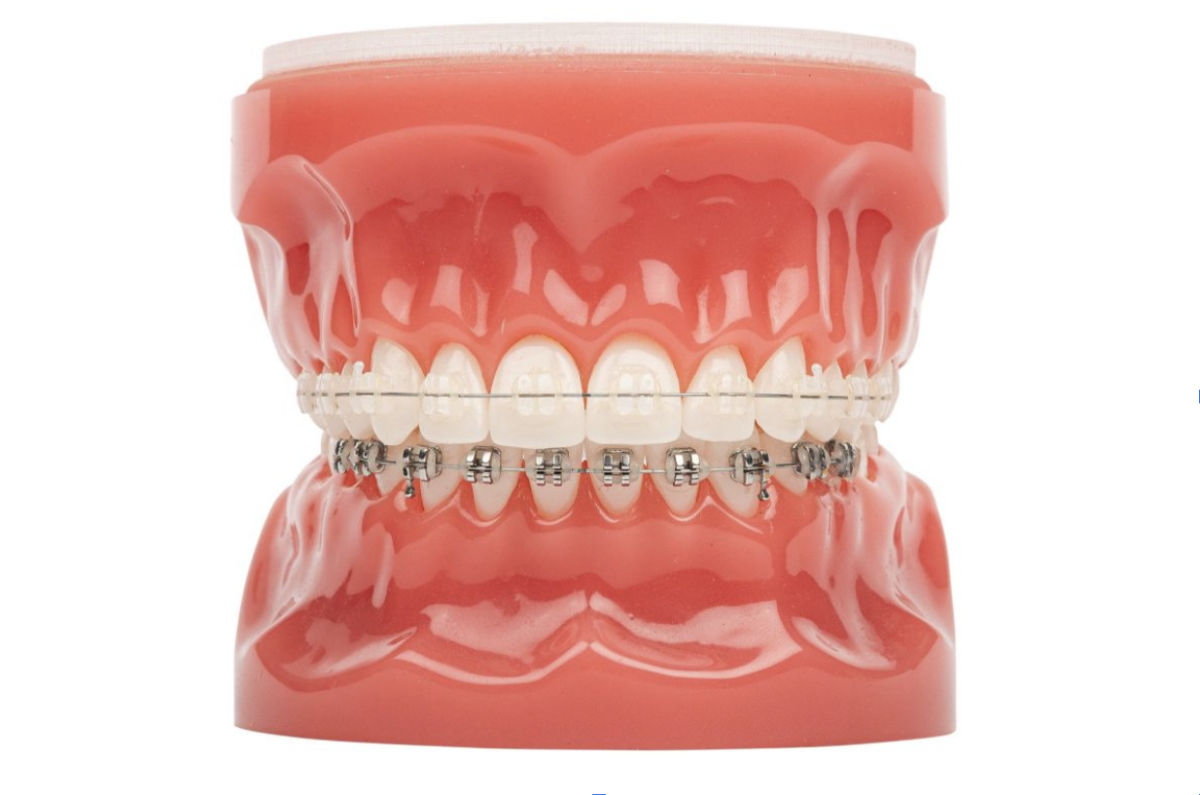Braces have had many technological advancements over the past several years. For a long time, braces have had a reputation for being bulky, awkward, and uncomfortable. Nowadays, they’re smaller, sleeker, and more comfortable than ever. With these advancements come more treatment options to choose from, and each comes with plenty of orthodontics benefits. At Adult & Pediatric Orthodontics, we want you to enjoy all the perks that modern orthodontic technology has to offer. Let’s go over the types of braces our practice offers.
There are many reasons to get braces, regardless of what type of treatment you choose. At Adult & Pediatric Orthodontics, our up-to-date technology and educated staff can effectively treat many dental issues you may have, including:
- Crossbite
- Crowded teeth
- Protruding teeth
- Gaps between teeth
- Overbite or underbite
Every patient’s smile is different, so our team creates a customized treatment plan for everyone who visits our office. If you’ve been considering orthodontic treatment, our practice has a wide variety of affordable options available for patients of all ages, including braces. Let’s take a look at what these treatment options are, how they work, and how we can use them to give you the results you want.
Types of Braces
Traditional Metal Braces
Traditional metal braces are the most popular and widely recognized type of orthodontic treatment. These braces are made out of stainless steel and other high-quality metals, which give them long-lasting durability. Metal braces don’t need the more complex technology or expensive equipment that newer treatments do, so they are often a more affordable option.
Clear Braces
Also referred to as ceramic braces, clear braces function in much the same way metal braces do. The difference is that this option is made from tooth-colored ceramic brackets. Clear braces are roughly the same size and shape as metal braces, but they blend in with your natural smile for a more discreet treatment option. This choice is especially popular amongst adults and older teen patients due to their nearly invisible appearance.
The only disadvantage of clear braces is that they are slightly more prone to chipping or cracking. Since metal braces tolerate more pressure than ceramic ones, our team may only suggest them if you have more complex oral issues. With the right attention and care, they can be just as effective and comfortable as metal braces!
Invisalign Clear Aligners
Don’t want metal and wires? The Invisalign system is made up of clear, removable aligners custom-made to fit comfortably over your teeth. They’re worn twenty to twenty-two hours per day throughout the treatment process. You’ll have them replaced every one to two weeks for the next aligner in the system, as directed by one of our orthodontists. Similar to clear braces, this is a popular option for teen and adult patients because of its more discreet appearance.
Invisalign offers patients more flexibility compared to traditional metal braces. You can remove them during meals, so there are fewer diet restrictions. On top of that, it’s easy to keep your teeth and gums clean since you don’t have to work around wires and brackets. When it’s time to clean your teeth, just take them out, rinse, and you’re ready to go!

Caring for Your Braces
No matter what type of treatment you choose, you’ll have to make a few adjustments to your oral hygiene routine to accommodate your treatment. If you struggle with brushing and flossing while wearing braces, there are tools available to make the process easier. Waterpiks help rinse any hard-to-reach areas and ortho picks can assist with flossing. Our team recommends brushing twice a day for at least two minutes each time and flossing every night before bed to keep your smile healthy.
Another thing to consider is changes to your diet. Sticky and crunchy foods can damage your brackets and wires, so it’s best to avoid these kinds of foods during your treatment. Just remember, these restrictions are temporary! Any minor frustrations you experience will be more than worth it once your braces come off and you see your beautiful new smile.
During your treatment process, you should plan to come in for follow-up visits every four to eight weeks. At these appointments, Dr. Yu will change the bands that are attached to your brackets and may replace the wire as well. These check-ups are brief, and we respect your time, so you won’t have to miss much time away from school or work. There may be some residual soreness following these adjustments, but this should go away quickly. These visits are a very important part of your overall treatment plan. We want to help you get the exceptional results you deserve, so be sure to stop by our office!

Get the Smile You Deserve with Adult & Pediatric Orthodontics
No matter what treatment you’re looking for, you need the right team to guide you on your journey to a better smile. Your treatment may last slightly longer or shorter than your initial estimate, but you can always count on personalized care and exceptional results from our expert team! Our Portland and Windham offices combine a compassionate staff and cutting-edge technology to get you the best results. Schedule a FREE consultation and start your transformation today!
